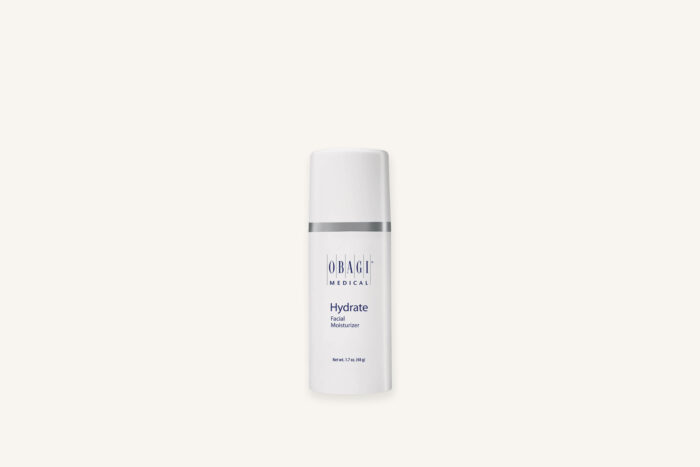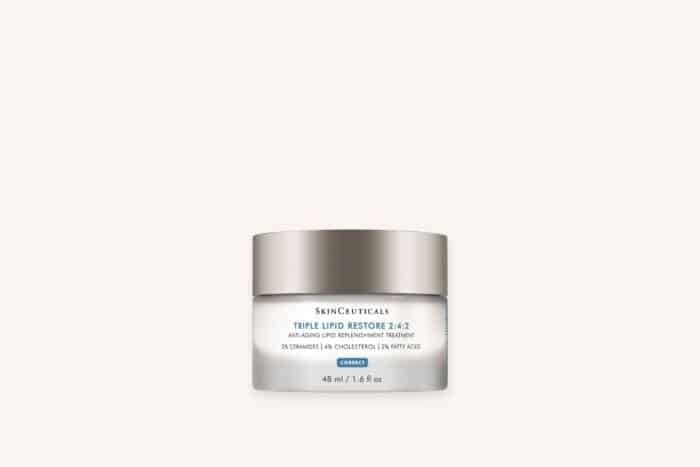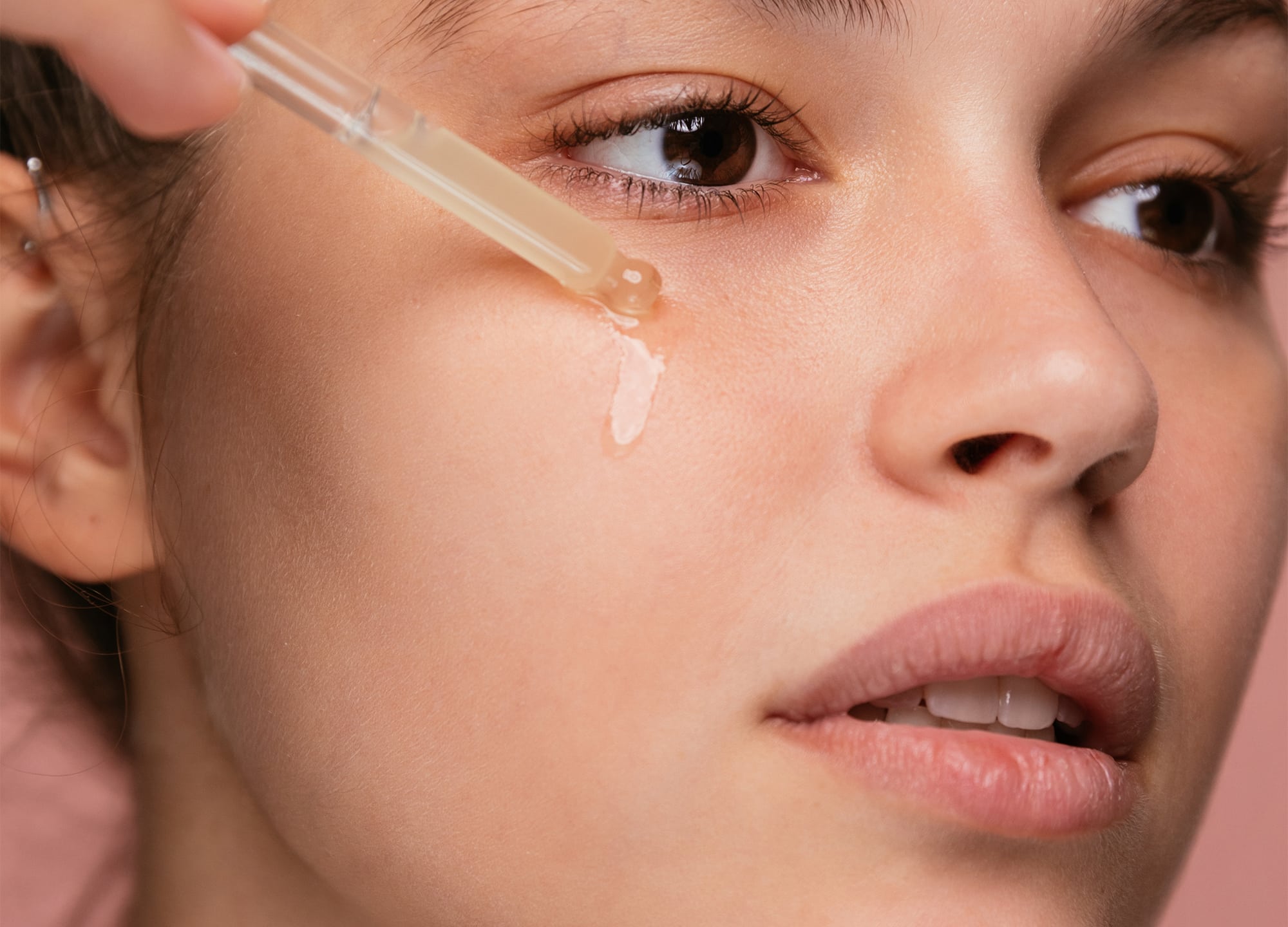When it comes to establishing an effective skin-care routine, the order in which you apply your products is just as important as the products themselves. Layering skin-care products incorrectly can impede penetration and inactivate their ingredients—meaning that the results you get from those products probably won’t be as promised.
There are a few overarching rules to keep in mind when planning out your skin-care routine steps. One, always apply any type of topical medication first, as it needs to go directly onto clean skin. Besides that, you generally want to apply products from lightest to thickest, says Dr. Robyn Gmyrek, a board-certified dermatologist in New York City. Think of it in the same context as layering clothing—you wouldn’t put a tank top on over a winter coat, would you?
It’s also a good idea to wait a few minutes in between each product when layering skin care. Ideally, give each product a solid five minutes to absorb into your skin before applying the next, says Dr. Gmryek.
And finally, when it comes to establishing a good skin-care regimen, less is more. Instead of playing cosmetic chemist and applying 10 different products, each with a different active ingredient, use one or two powerhouses that combine multiple ingredients, suggests Dr. Gmyrek. It’s the easiest way to ensure that you’ll get the best possible results (and won’t irritate your skin).
Keep in mind that no matter which products you choose, you have to use them consistently in order for them to work, notes Dr. Janet Allenby, a board-certified dermatologist in Delray Beach, Florida. The more complicated the skin-care steps you have to follow, the less likely you are to keep up with them on a regular basis, she adds. A simple routine, targeted to your skin type and skin concerns, can be very effective.
To make things easy, we’ve asked these experts how to layer skin care like a pro and compiled the ultimate morning and nighttime skin-care routine, product recommendations included.
Your morning skin-care routine order
Step 1: cleanser
There’s no need to go crazy looking for a cleanser with tons of active ingredients. This step has a short contact time, meaning that any actives in the formula really aren’t going to be on your skin long enough to make an impact; simple, gentle cleansers are often best.
If your skin is oily, try a foaming wash, like Obagi Nu-Derm Foaming Gel ($43).
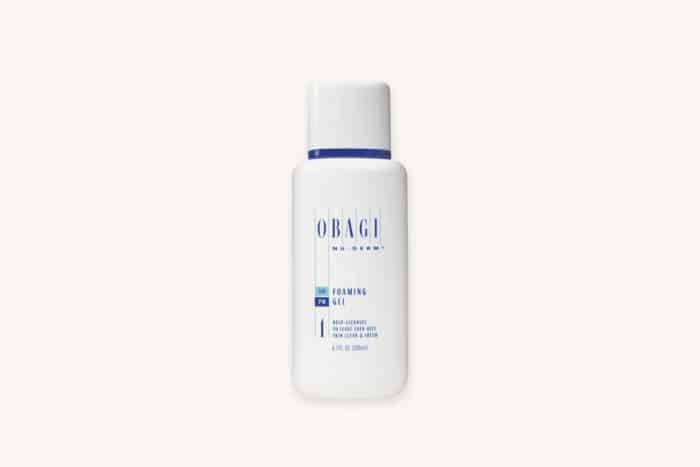
Dry skin or sensitive skin? Dr. Allenby says that a creamy, soap-free cleanser, such as the cult classic Cetaphil Daily Facial Cleanser ($6), is a great choice.
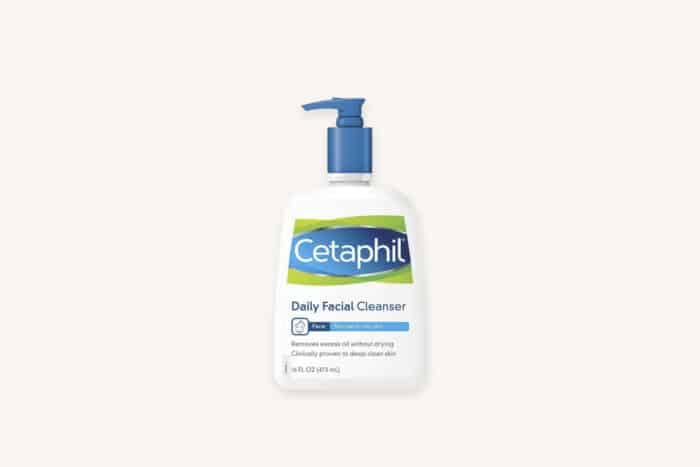
Step 2: toner
Both dermatologists we spoke with agreed that this is an optional step in any skin-care routine. That being said, “Those with oily skin may find that using a toner post-cleansing is an effective way to keep excess oil at bay,” says Dr. Gmyrek.
Dampen a cotton pad with ClarityRx Fix It 2% Pore Perfecting Solution ($54), which contains oil-busting salicylic acid, or try the easy-to-use HydroPeptide Clarifying Toner Balance and Control Pads ($48), which uses gentle, brightening exfoliants, such as azelaic and lactic acids, to clear away dead skin cells.
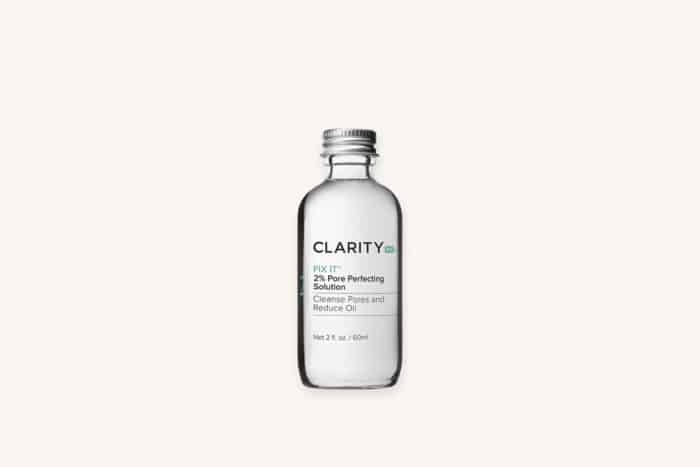
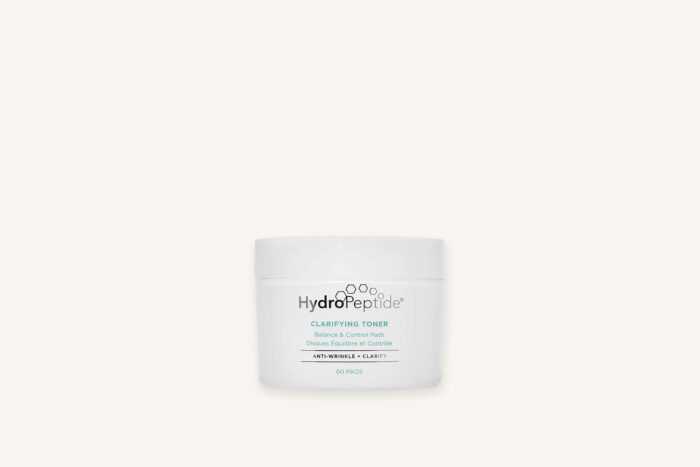
Step 3: medicated products
This step applies to both over-the-counter options, such as spot treatments that use salicylic acid or benzoyl peroxide, as well as prescription medications for conditions such as acne or rosacea. As mentioned, they need to go on clean skin in order to work. Follow the package instructions: some of these products need to be used twice daily, while others should be applied just once.
The big caveat? If you’re using prescription products and are under the care of a dermatologist, be sure to discuss your full skin-care regimen with them, Dr. Gmyrek advises.
Step 4: eye cream
The skin in the eye area is different from that on the rest of your face and has special needs, says Dr. Gmyrek, so a dedicated eye cream is worth the investment. Similarly, think of eye cream as having its own unique role in your skin-care routine, particularly since the other products you’re using, generally, shouldn’t be applied around your eyes.
To best reap the benefits of any therapeutic formula (i.e., one meant to address issues such as fine lines, puffiness, dryness, and dark circles), Dr. Gmyrek suggests applying it directly onto clean skin, for maximum penetration and efficacy. Try the multitasking ClarityRx Easy On The Eyes Smoothing Cream ($58) or Senté Illuminé Eye Cream ($99), both of which are formulated to address all those problems and more.
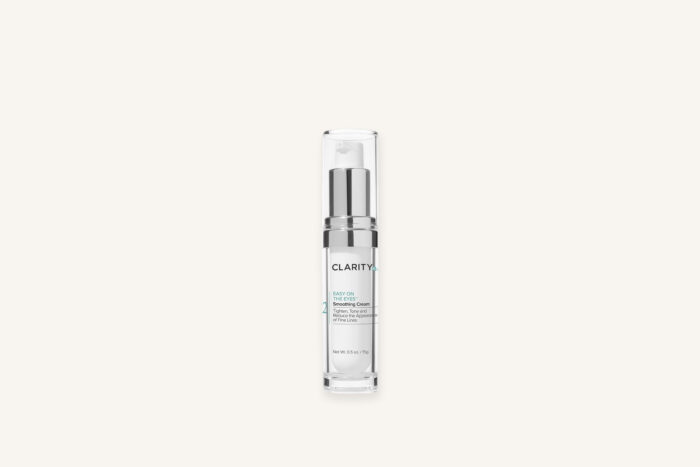
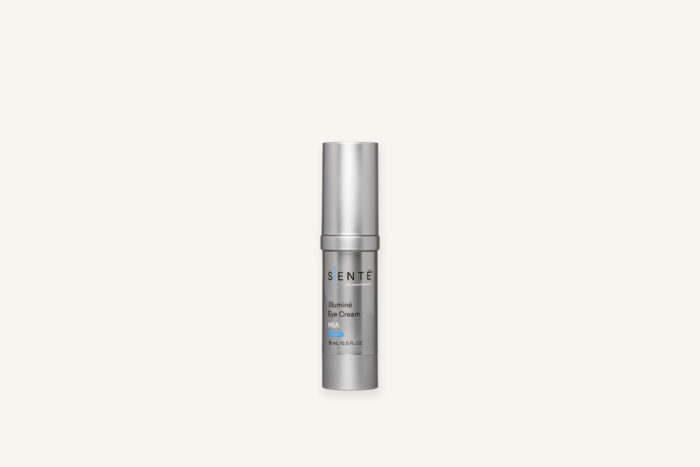
Step 5: antioxidant serum
To the previous point about applying products from lightest to thickest, here’s your answer to the proverbial “serum or moisturizer first?” question.
Serums are much more lightweight than moisturizers, and they contain higher concentrations of active ingredients (hyaluronic acid and vitamin C are two of the most popular).
Both experts we spoke with agreed that an antioxidant serum is a great addition to your morning skin-care routine. These powerful ingredients act as an extra layer of defense, protecting your skin from environmental stressors such as sun and pollution. Most antioxidants play very nicely together, so look for a serum that combines several, says Dr. Gmyrek. She recommends that vitamin C, one of her favorite ingredients, be one of them. She’s a fan of SkinBetter Alto Defense Serum ($155), which contains a whopping 19 antioxidants.
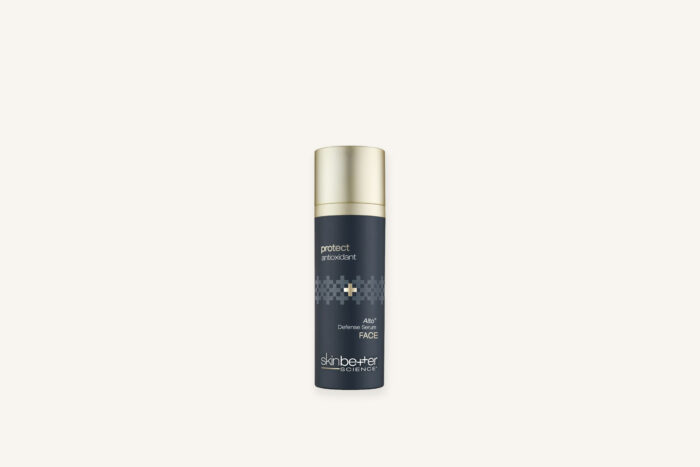
ClarityRx Take Care Daily Antioxidant Serum ($72) is another good pick, also boasting a variety of different antioxidants.
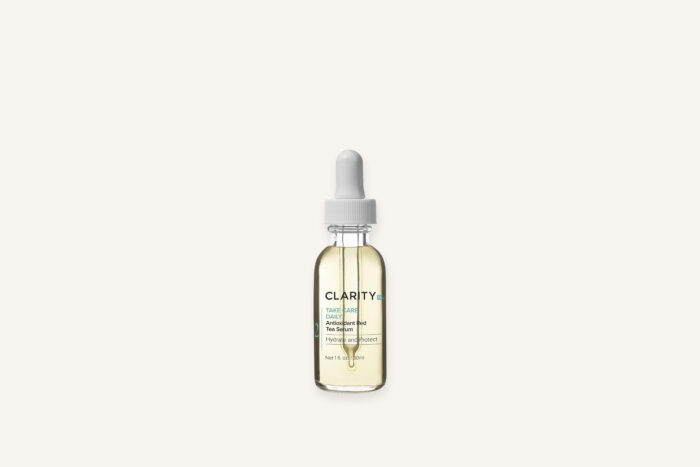
Steps 6 & 7: moisturizer and sunscreen
Here’s where it gets a little more complicated: whether you apply sunscreen or moisturizer first depends on the type of sunscreen you’re using. Physical sunscreens contain minerals that work by sitting on the top of the skin and deflecting UVA and UVB rays, so those need to be the very last products you put on. The minerals need to be right on top of your skin and not covered up by other products in order to provide sun protection, explains Dr. Gmyrek. If you like mineral formulas, apply your moisturizer first, then add sunscreen last. Try Senté Invisible Shield Full Physical Broad Spectrum SPF 49 Sunscreen ($38).
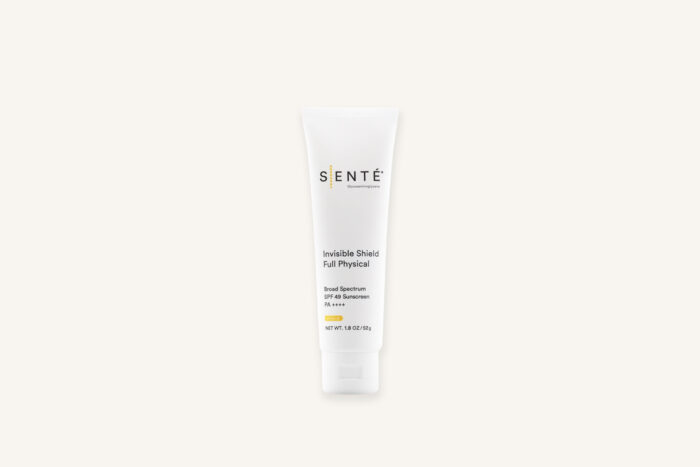
If you prefer chemical sunscreens, which work by penetrating into the skin and absorbing UV rays, you should layer them on before moisturizer. Try Supergoop Unseen Sunscreen SPF 40 PA+++ ($34).
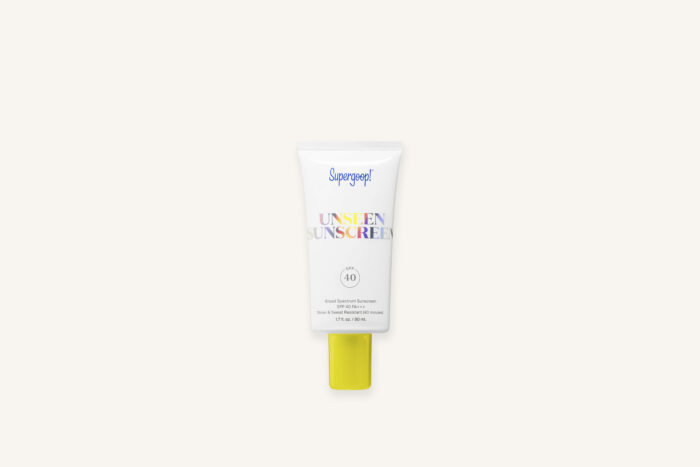
Want to simplify things? Dr. Gmyrek says the best option is to find a double-duty, moisturizing sunscreen and combine the two steps. We recommend HydroPeptide Solar Defense Tinted Broad Spectrum SPF 30 ($48) for its silky, hydrating formula and subtle tint.
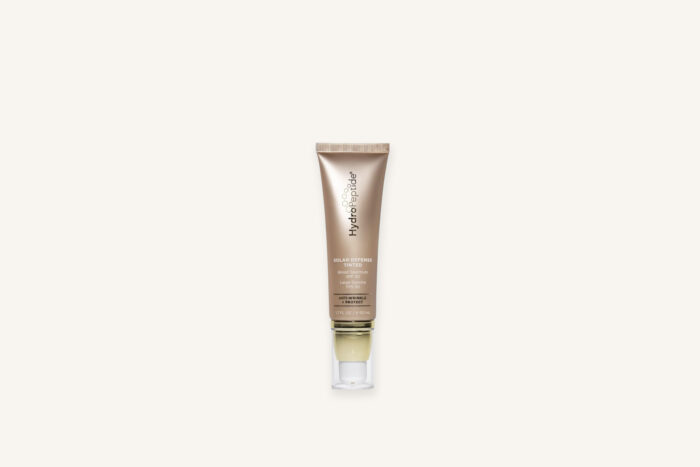
Your nighttime skin-care routine order
Step 1: cleanser
It’s not the end of the world if you forget to wash your face in the morning, but cleansing at night is absolutely imperative. Not only do you want to thoroughly remove the makeup, dirt, and oil that’s built up during the day, to prevent clogged pores, you also want to give your skin a clean slate and prep it for the products to come.
Dr. Allenby says that a double cleanse can come in handy at night, particularly if you wear a lot of makeup. Follow these cleansing steps: Start with a cleansing oil or balm, like the Elemis Pro-Collagen Cleansing Balm ($64), to help break down makeup and larger particles on the surface of the skin. Then follow with your standard face wash, to actually clean the skin and remove any residue.
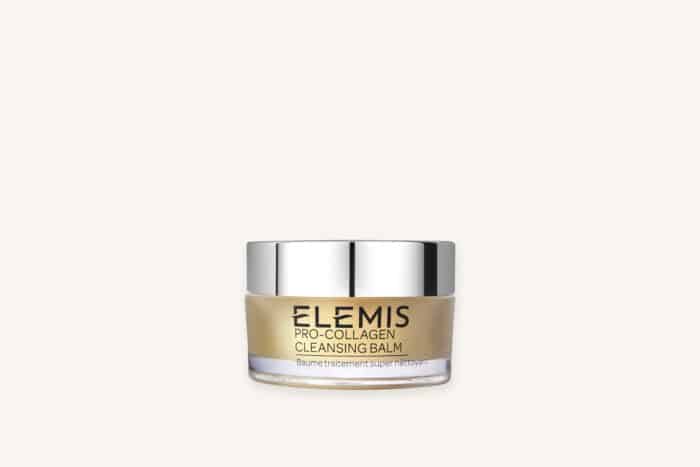
Step 2: toner (and/or essences or boosters)
Just like in the morning, toning is an optional step in your nighttime skin-care routine, though it can be a good way to make sure skin is thoroughly clean.
This is also the step when you can use boosters and essences, most of which are formulated to add a touch of lightweight hydration (though they should be applied after toner if you are, in fact, using one). Try Laneige Water Bank Hydro Essence ($39).
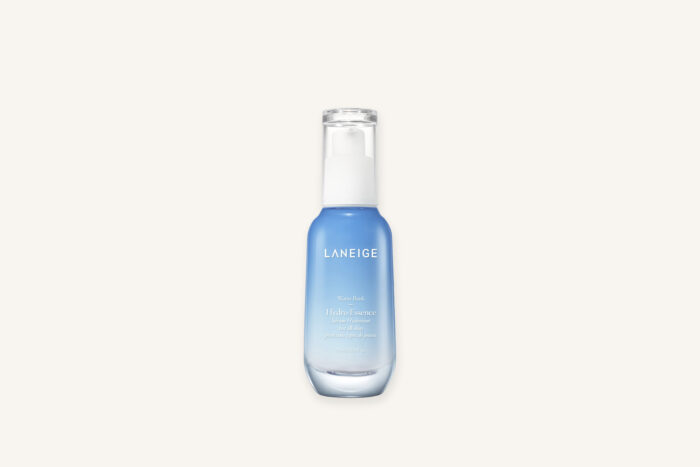
Step 3: medicated products
Follow the same guidelines as in the morning, with one noteworthy exception. Benzoyl peroxide, a common acne-fighting ingredient found in both over-the-counter and prescription-strength products, can stain fabric. If you don’t want to end up with stained pillowcases and PJs, reserve it for treating breakouts in the morning.
Step 4: eye cream
According to Dr. Gmyrek, it’s ideal to apply eye cream both in the morning and at night.
However, if you’re trying to streamline your routine and/or find that eye cream interferes with your makeup, you can use it just in the evening. This is when your skin is in a naturally regenerative mode and can best utilize any active ingredients, says Dr. Gmyrek. Again, make sure it’s going on freshly cleaned skin.
Step 5: retinoid or anti-aging treatments
Now’s the time to call in the heavy hitters. Your skin plays defense all day long as it’s bombarded by the sun, pollutants, and more. The evening hours are when it finally gets a reprieve and can switch into offensive mode, to actively undo any damage; the right topical ingredients can help it do exactly that.
Retinoids are the undisputed champion of the skin-care world and are always best reserved for nighttime use. Some forms can be inactivated by light, and they also make your skin more susceptible to the sun. Just make sure your skin is completely dry before applying your retinoid, as applying it to wet skin can increase irritation, advises Dr. Allenby. Try Obagi360 Retinol 1.0 ($74).
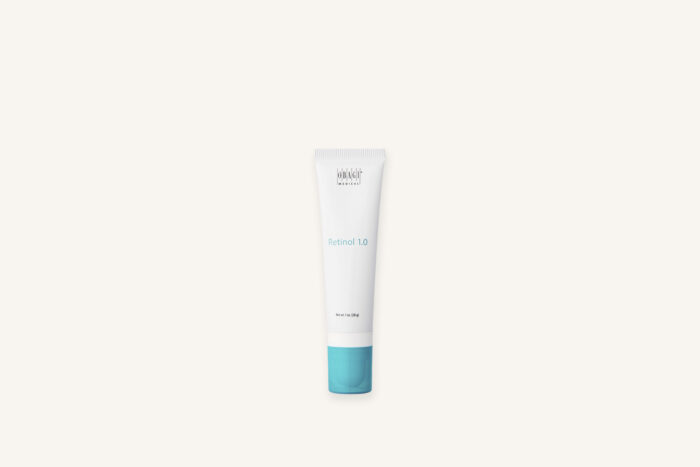
If your skin can’t tolerate retinoids or you’re not using one because you’re pregnant or breastfeeding, reach for anti-aging or treatment products that contain other tried-and-true ingredients such as peptides, niacinamide, or alpha hydroxy acids. Try Kate Somerville Kx Actives Concentrate Bio-Mimicking Peptide Serum ($98).
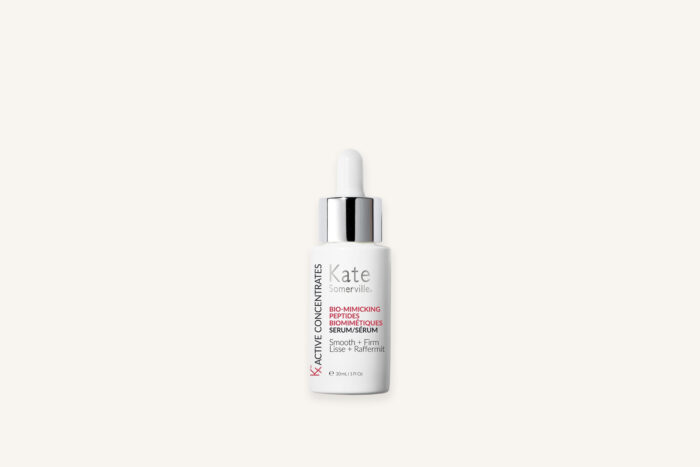
Step 6: moisturizer
This should be the final step in your p.m. skin-care routine—to lock in all the other products you’ve just applied and help keep moisture from escaping from your skin overnight. Dr. Allenby recommends using a formula that contains occlusive ingredients—petrolatum, dimethicone—which create a seal on the surface of the skin. Try Obagi Hydrate Facial Moisturizer ($51.50). Bonus points if your night cream has ceramides, skin-barrier-strengthening ingredients that will further help lock in moisture, says Dr. Gmyrek. SkinCeuticals Triple Lipid Restore 2:4:2 ($128) contains both.
